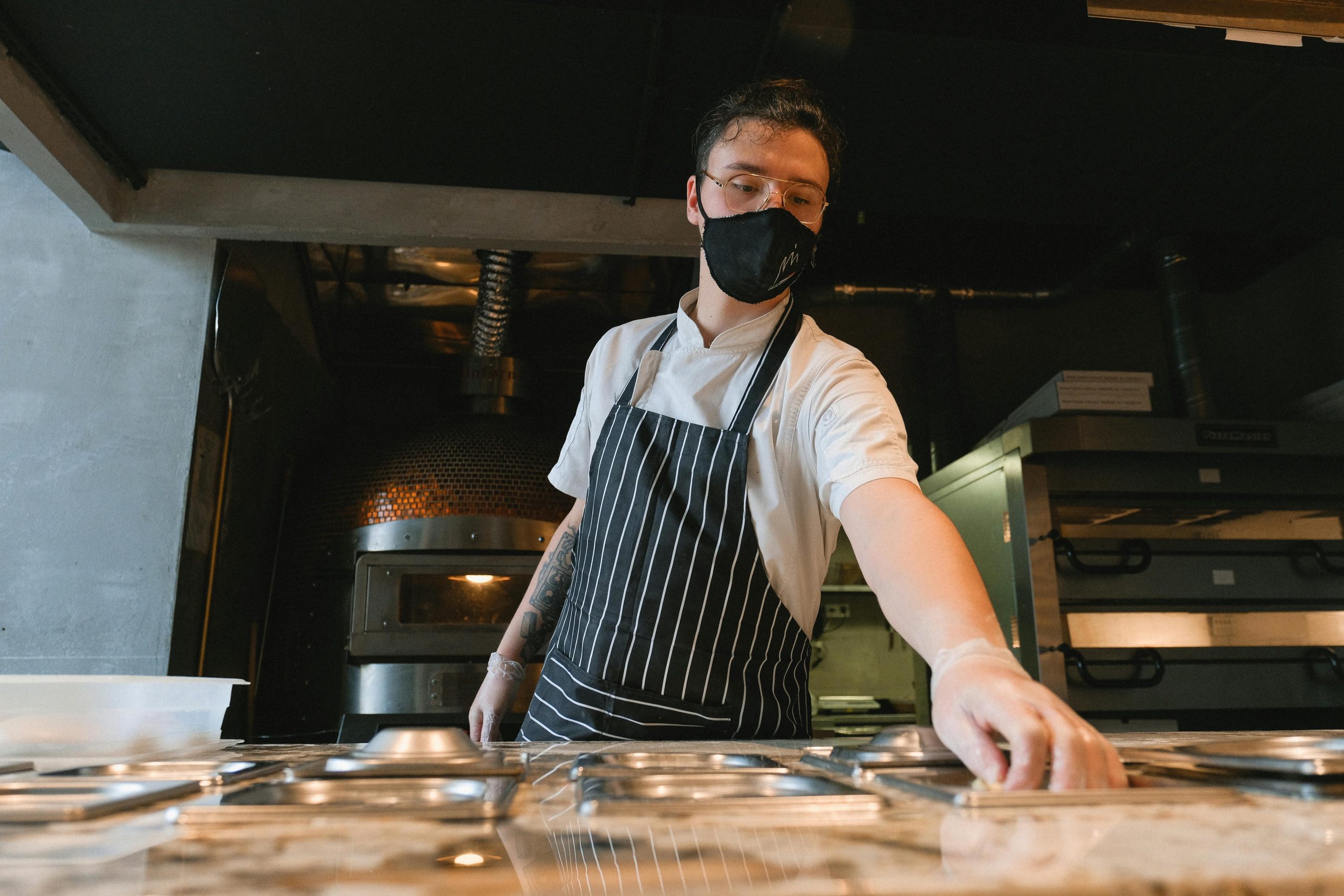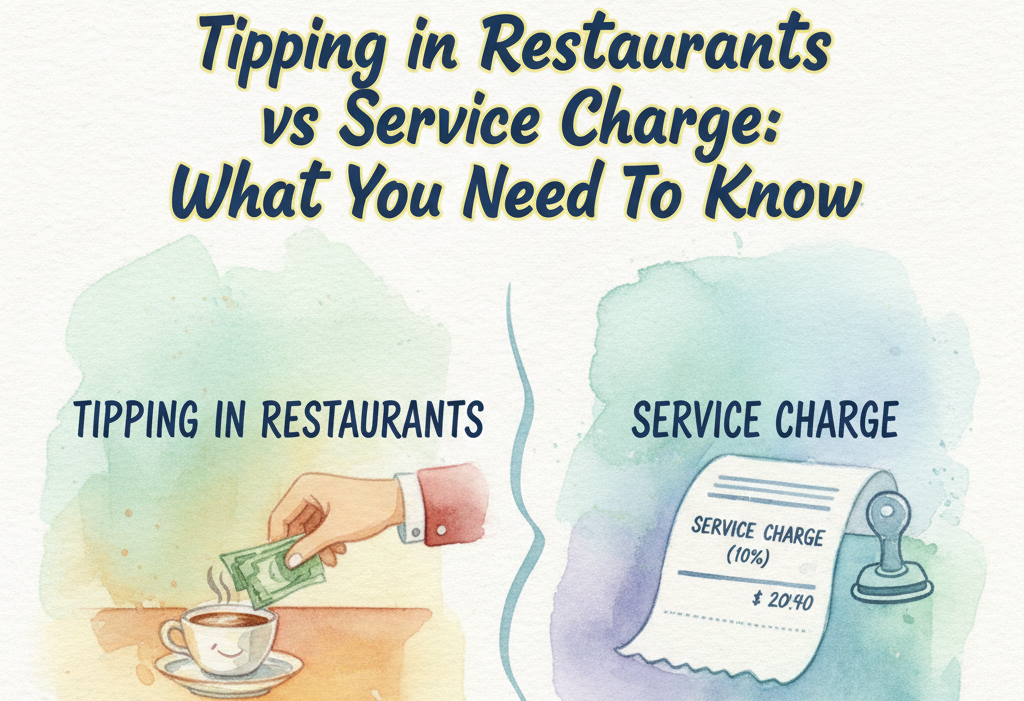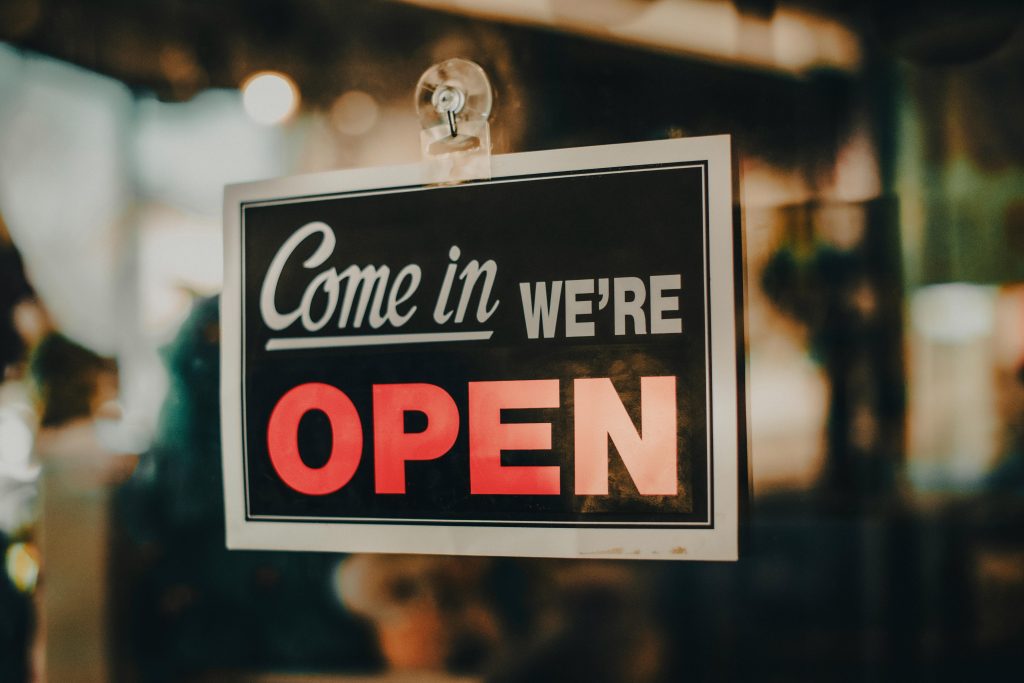Did you know that unsafe food causes an alarming 600 million cases of foodborne illnesses globally every year, as per the World Health Organization (WHO)? This staggering number highlights the importance of maintaining health and safety in restaurants. Adhering to a restaurant health inspection checklist is not just about compliance—it’s about ensuring your customers’ safety and trust.
In this blog, we’ll guide you through the essentials of health inspections. You’ll learn what is the inspection checklist, how it helps in avoiding violations, and what is the most common health violations in restaurants so you can proactively address them. We’ll also discuss how often local health inspectors can inspect your restaurant and what steps you should take to stay prepared at all times.
But that’s not all. There’s more to health inspections than just ticking boxes—your restaurant’s reputation, staff morale, and long-term success are at stake.
What is the Inspection Checklist?
A health inspection checklist is a guide that helps you ensure your restaurant meets health and safety standards. It is designed to make sure your kitchen, dining area, storage, and staff practices comply with local health codes. Following this checklist can help you avoid fines, bad reviews, or even shutdowns.
Health inspectors look at every detail, from food storage to employee hygiene. By keeping your restaurant prepared at all times, you reduce the risk of violations. A well-maintained restaurant also earns your customers’ trust, showing them you care about their safety.
Why is the Health Inspection Checklist Important?
The checklist acts as a roadmap. It helps you maintain high standards for food safety and cleanliness. According to the World Health Organization (WHO), unsafe food causes 600 million cases of foodborne illnesses each year worldwide. If your restaurant doesn’t follow safety standards, it could contribute to these numbers.
Maintaining a checklist isn’t just about avoiding penalties. It’s about building a reputation. Cleanliness and safety are two things your customers notice immediately. A spotless dining area and safe food preparation practices ensure they return.
What Should You Include in a Health Inspection Checklist?
Your checklist should cover the following areas:
1. Food Storage and Handling
- Store raw and cooked foods separately.
- Keep perishable items at the right temperature: below 5°C or above 60°C.
- Use clearly labeled containers to prevent cross-contamination.
A study by the U.S. FDA found that improper food storage was one of the top violations in restaurants. Avoiding this can save you trouble.
2. Cleanliness
- Sanitize all surfaces, including counters, cutting boards, and utensils.
- Clean floors, walls, and ceilings regularly.
- Make sure garbage bins are emptied and cleaned daily.
Unclean spaces are breeding grounds for bacteria. Regular cleaning keeps your restaurant safe and visually appealing.
3. Employee Hygiene
- Ensure staff wash their hands before handling food.
- Provide gloves and hairnets where needed.
- Conduct training sessions on hygiene practices.
The CDC states that proper handwashing reduces the spread of germs by up to 58%. Training your staff can significantly minimize risks.
4. Equipment Maintenance
- Regularly inspect cooking equipment like ovens and grills.
- Ensure refrigerators and freezers are working efficiently.
- Calibrate thermometers and other devices are used for food preparation.
Faulty equipment can cause food to spoil or cook unevenly, leading to health hazards.
5. Pest Control
- Seal all cracks and entry points.
- Schedule regular pest inspections.
- Keep food storage areas clean and dry.
Pests are a major red flag during health inspections. Preventative measures save you from potential shutdowns.
How Often Can a Local Health Inspector Enter Your Restaurant to Inspect You?
Local health inspectors can visit your restaurant without notice. Their frequency depends on your location and type of establishment. In most places, restaurants are inspected one to four times a year. However, if complaints arise or previous violations haven’t been resolved, inspections may happen more often.
For instance, in Malaysia, the Ministry of Health conducts routine checks to ensure compliance with safety standards. Being prepared at all times can help you pass these inspections without stress.
What is the Most Common Health Violation in Restaurants?
Improper food storage is one of the most common violations. Leaving raw meat near vegetables or not storing food at the correct temperature can lead to contamination. Other frequent issues include:
- Failing to sanitize surfaces.
- Employee hygiene lapses.
- Pest infestations.
The National Restaurant Association reports that 67% of restaurants face violations related to food temperature control. Staying on top of your checklist can help you avoid these common pitfalls.
How to Prepare for a Restaurant Health Inspection?
- Conduct Self-Inspections
Use your checklist to perform regular internal inspections. Walk through every part of your restaurant and assess areas like food storage, employee hygiene, and cleanliness. Regularly checking these aspects will help you identify and resolve problems before they become violations during an official inspection. - Train Your Staff
Your employees play a crucial role in maintaining health and safety standards. Conduct training sessions to teach them proper food handling techniques, cleaning practices, and the importance of personal hygiene. Ensure everyone understands how their actions contribute to overall safety and compliance. - Maintain Records
Keep a log of cleaning schedules, pest control visits, and equipment maintenance. These records are essential during inspections as they demonstrate your commitment to health and safety. Organized documentation also helps you track trends and identify areas for improvement. - Seek Professional Help
Some tasks, like pest control and deep cleaning, require expert attention. Hiring professionals ensures thorough work and compliance with health standards. Professional services can also provide certifications that reinforce your commitment to maintaining a safe environment. - Encourage Feedback
Customers are excellent sources of feedback. Invite them to share their thoughts on the cleanliness and overall environment of your restaurant. Use their insights to make improvements and address issues that might otherwise go unnoticed.
Benefits of Following a Health Inspection Checklist
- Improved Customer Trust
Following a health inspection checklist ensures your restaurant remains clean and safe, attracting more customers. A spotless environment and adherence to health standards create positive impressions and build trust. Customers who notice your commitment to health and safety are more likely to leave positive reviews, boosting your reputation. - Reduced Risk of Fines
Health violations can lead to costly fines, often reaching thousands of dollars. Staying compliant with health and safety regulations minimizes the risk of penalties. Regularly updating and adhering to your health inspection checklist is a cost-effective way to avoid financial setbacks. - Enhanced Employee Morale
A safe and hygienic working environment fosters employee satisfaction. When staff see your dedication to health and safety, they feel valued and motivated. Additionally, such an environment reduces the likelihood of workplace illnesses, leading to lower absenteeism and a more productive team. - Long-Term Success
Prioritizing health and safety in your restaurant contributes to long-term success. Restaurants that consistently follow a health inspection checklist face fewer customer complaints and earn better reviews. This approach builds customer loyalty and ensures sustained growth in a competitive industry.
A health inspection checklist is not just a compliance tool. It’s a commitment to providing safe, quality food. By preparing in advance and following best practices, you’ll pass inspections with ease. More importantly, you’ll build a strong reputation and ensure the safety of your customers and staff.
Remember, health inspectors can visit at any time. By staying consistent, you’ll always be ready. Start today by reviewing your checklist and training your team. Your efforts will lead to a healthier, happier restaurant environment.




